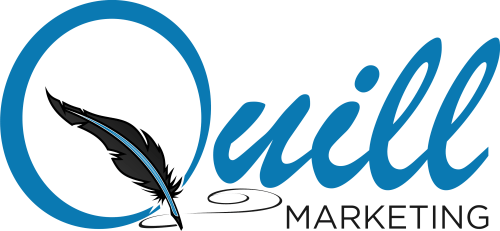Increasing your website’s SEO consists of more than just written content. Blog images are also important. No one wants to read paragraph after paragraph of words with no break. Incorporating visually-appealing and relevant images can sustain reader interest and boost rankings among search engines. Not sure why images are important? Read on to learn more about how blog images can help your SEO.
Treat Your Images As Content
You know the old saying “a picture is worth a thousand words”? This is also true for using images on blogs and websites. At first glance, images might appear to be visual placeholders to draw attention. However, you can gain some serious SEO by treating your blog images as content. When adding images, always make sure they are relevant to your article or website.
Gain More Traffic on Your Site
The goal of SEO is to improve your website’s ranking in online searches. By properly using images on your site, you can increase the rank of your website and land your article in one of the top pages of search results, instead of being buried a dozen pages back. Along with adding images, make sure you are choosing appropriate image sizes for downloading, and include any tags or captions that will draw the reader’s attention. Images also increase the amount of time a reader spends looking at your page, which can also increase your SEO.
Absolutely Add Alt Text
Alt text on images is necessary for making your website accessible to people with disabilities. Screen readers especially use alt text to verbally describe images to visually-impaired online users. Adding a short bit of text to describe an image in alt text will increase your SEO. Most website platforms, such as WordPress, make it very easy to add alt text when editing images. The algorithm in Google image search recognizes alt text, along with keywords, and can ultimately up your SEO and your blog’s accessibility.
Optimize Images
Optimizing images for size and clarity can impact download speeds, especially for mobile users. When choosing a size for an image, you might need to try out a few sizes and preview the end result. Resize the image to the size you ultimately want to be displayed and then upload it to the website. This prevents the site download from slowing down, since the image is only displaying at a fraction of the size. Images can also be optimized by adding captions, which can help the reader better understand the content. Lastly, using a social media “share” button to ensure the image accompanies the website link when shared can be eye-catching and attract more viewers.
If you are looking for support in building your blog or website, Quill Marketing has the experience you need. Our team has experts in writing, SEO, and blog growth. Contact us today to learn more about our services and how we can work together.

